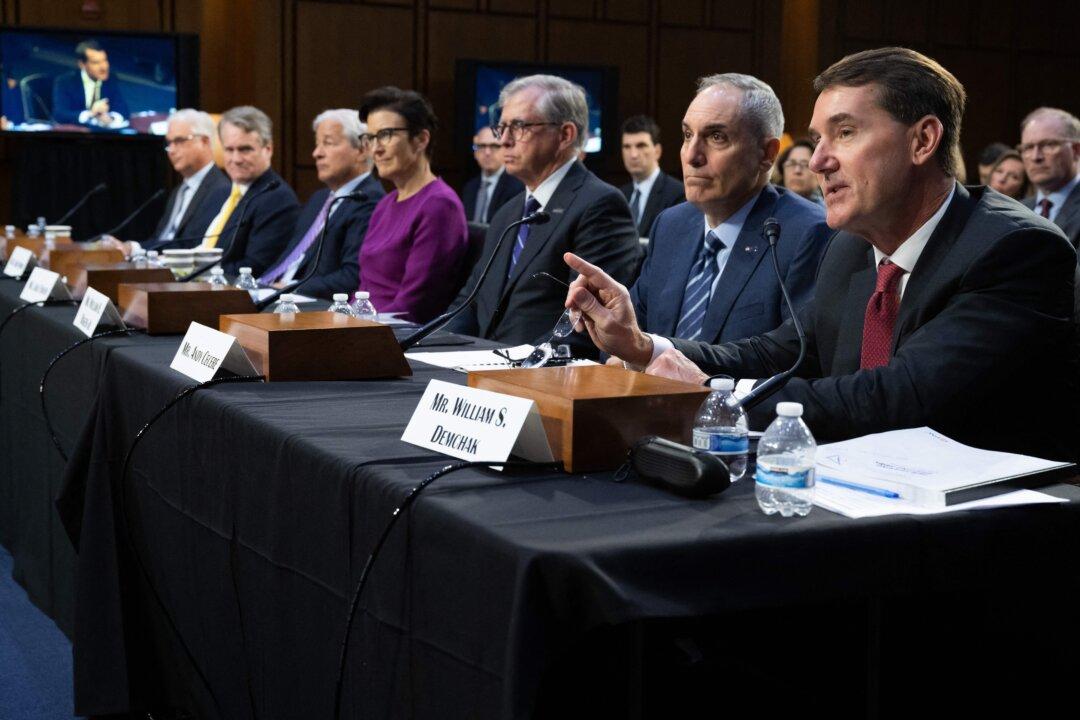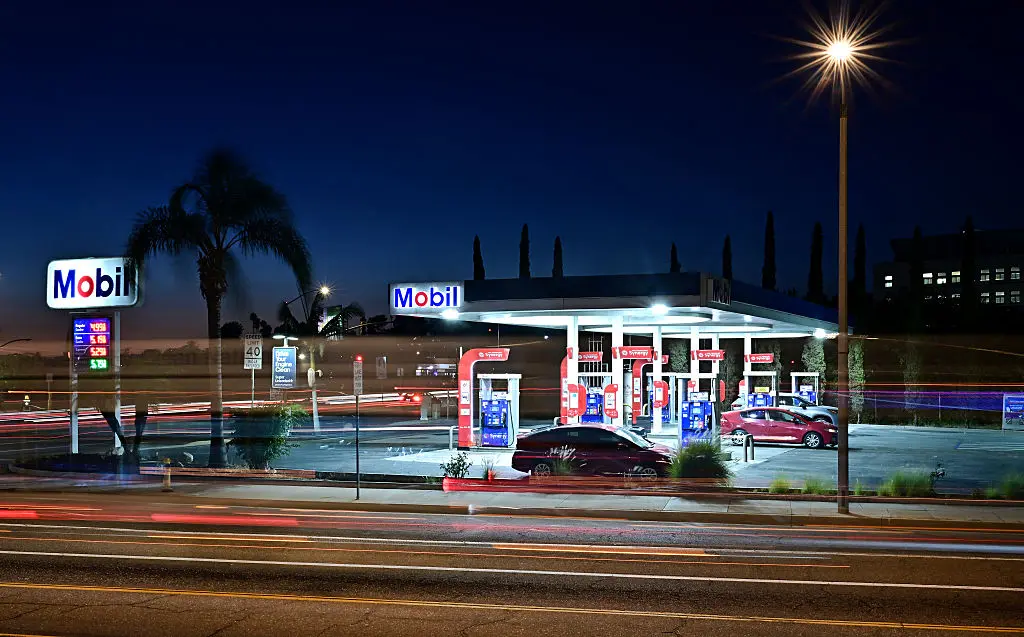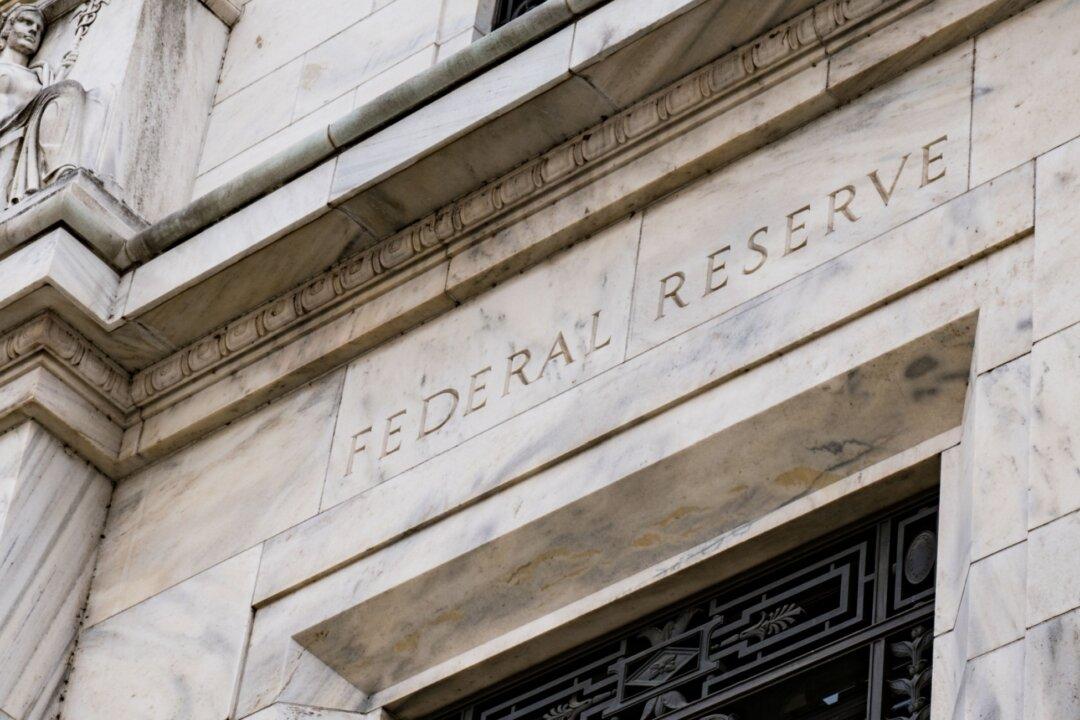Commentary
In the most recent failure in the banking sector, earlier this week First Republic Bank collapsed, was placed into Federal Deposit Insurance Corp. (FDIC) receivership, and had most of its assets sold to JPMorgan Chase. With some $232 billion of assets, this marked the second-largest U.S. bank failure ever, only surpassed by Washington Mutual in the early days of the global financial crisis in 2008.





